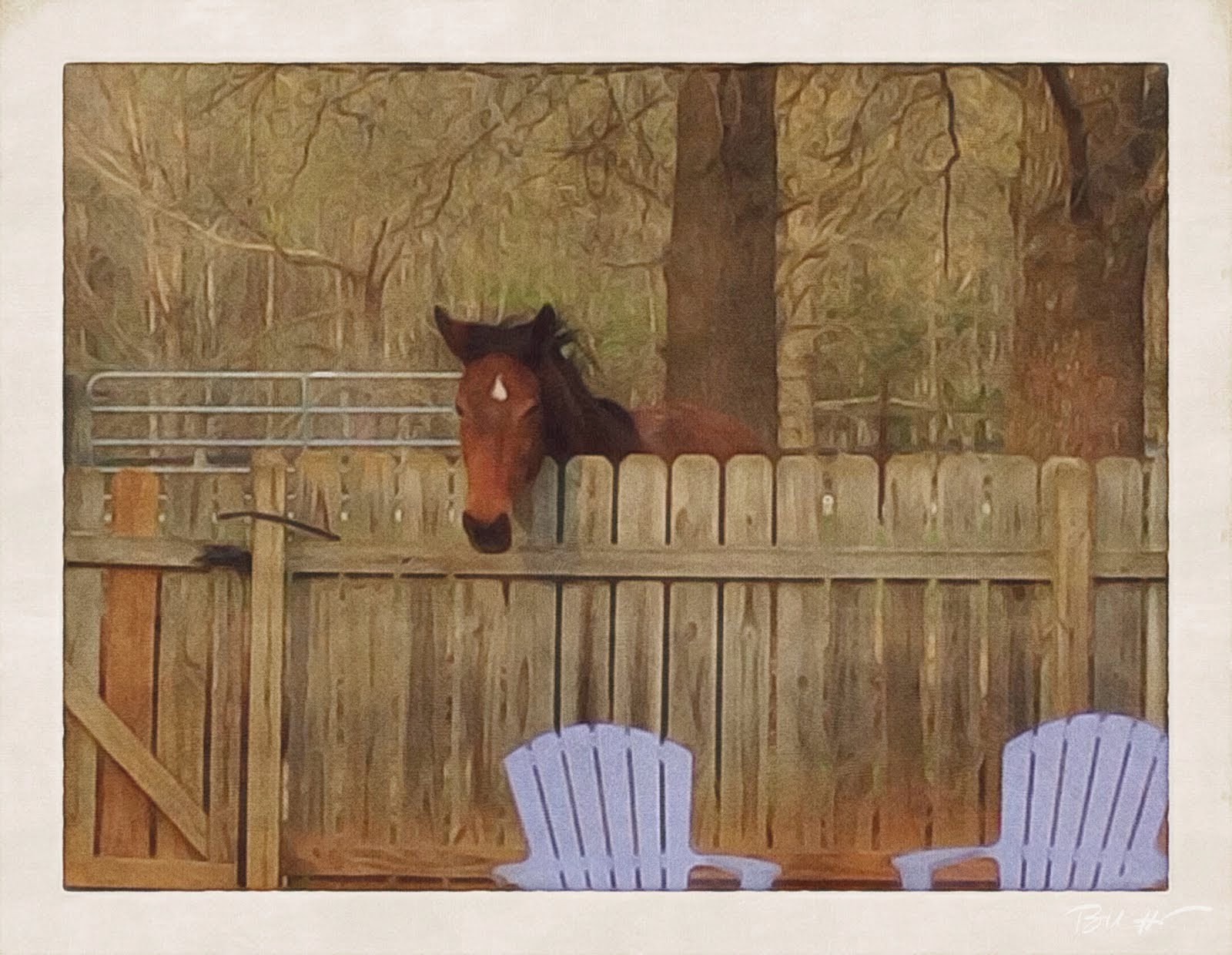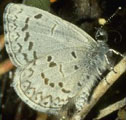A break in the plant series today, though of course some of what’s going on is me planting things. Today we got the arrowwood viburnum in, and I watered everything in the bird haven area since we had a hot day today. The stones are placed, and we need another load, so that’s on the list.
The butterfly bush in the grassy front “yard” was removed today in advance of a new/small bed that will angle the corner on that side of the grassy yard area. Its blooms had finished so it was time to get rid of it. Mowing that small grassy area will be a lot easier, I’ll have room for this new/small bed, and I planted a grouping of butterfly weed in the walkway strip to offer something next year in its place.
We still have a number of new shrubs to put in, a couple of sassafras trees, and two new climbing vines. I’ll feature all these over the next week or so.
A few photos from today, starting with the wetter end of the bird haven area. We’ll fill in the rock, spread it further toward the inner fence line, and maybe wrap it around the bed of dwarf crested irises. The rock area is where most of the rainwater ends up when we get a lot of rain, and the rocks slow it down some. Unfortunately we can’t dig in the area to create a proper rain garden because telephone and internet lines go through here. Why they didn’t follow the fence line up the hill I do not know. If they ever put in fiber optic they’re going to run those lines up the side of the driveway and to that side of the house, which will be so much easier to deal with if any repairs are ever needed.
In other news, Keil’s primary vet is going on maternity leave at the end of this week and she’s coming one more time to do his acupuncture before we switch to the interim vet. Keil Bay and I have a surprise for her. She’s been such a great support for both him and for me through this EPM year.
And on Thursday we are closing on the new house. I’m excited and also a bit overwhelmed with the furnishing side of things. But as is always the case, I had to notch myself down some and remind myself that everything does not have to happen overnight. It’s a process. Slow down and let it unfold. The key to a more peaceful life, for sure!













